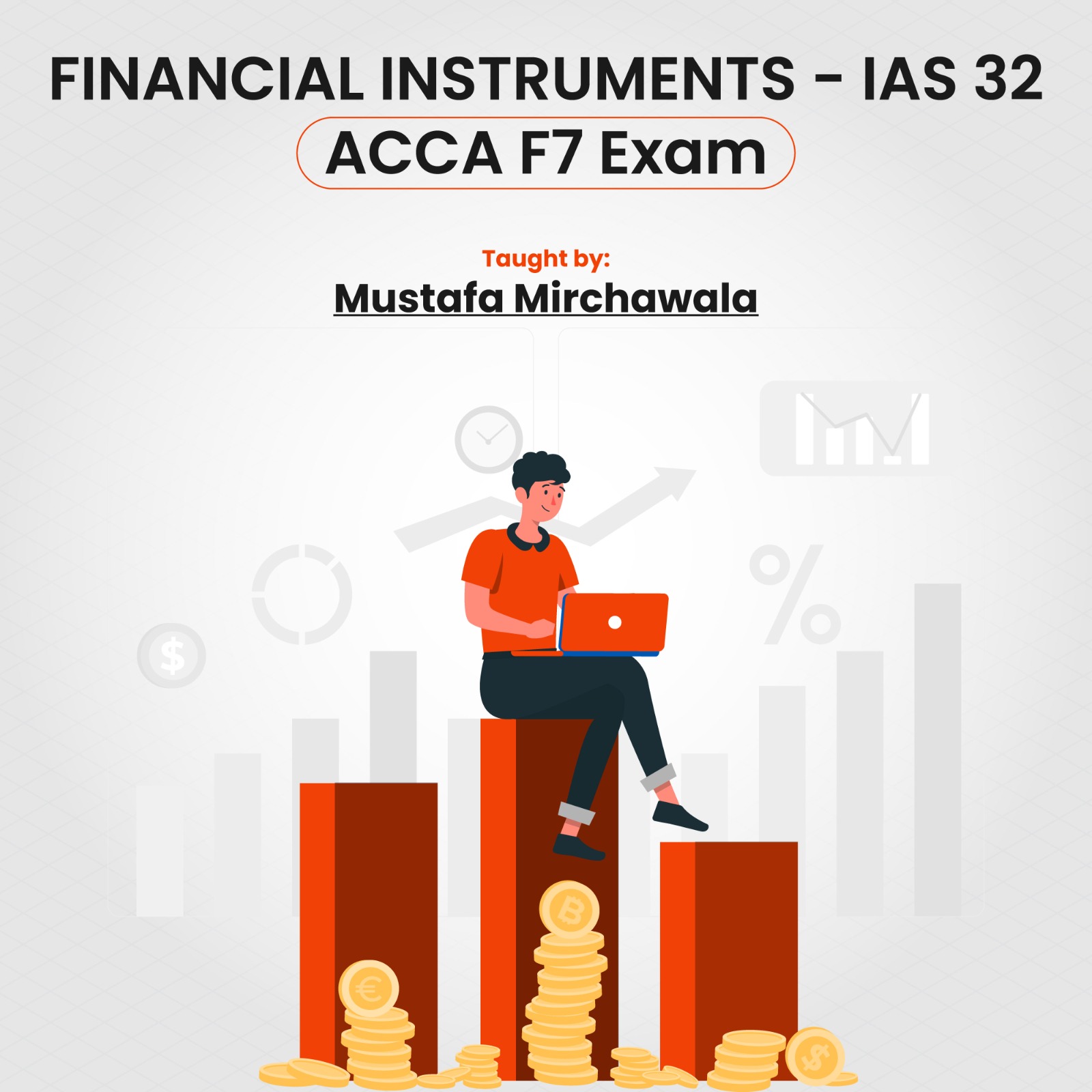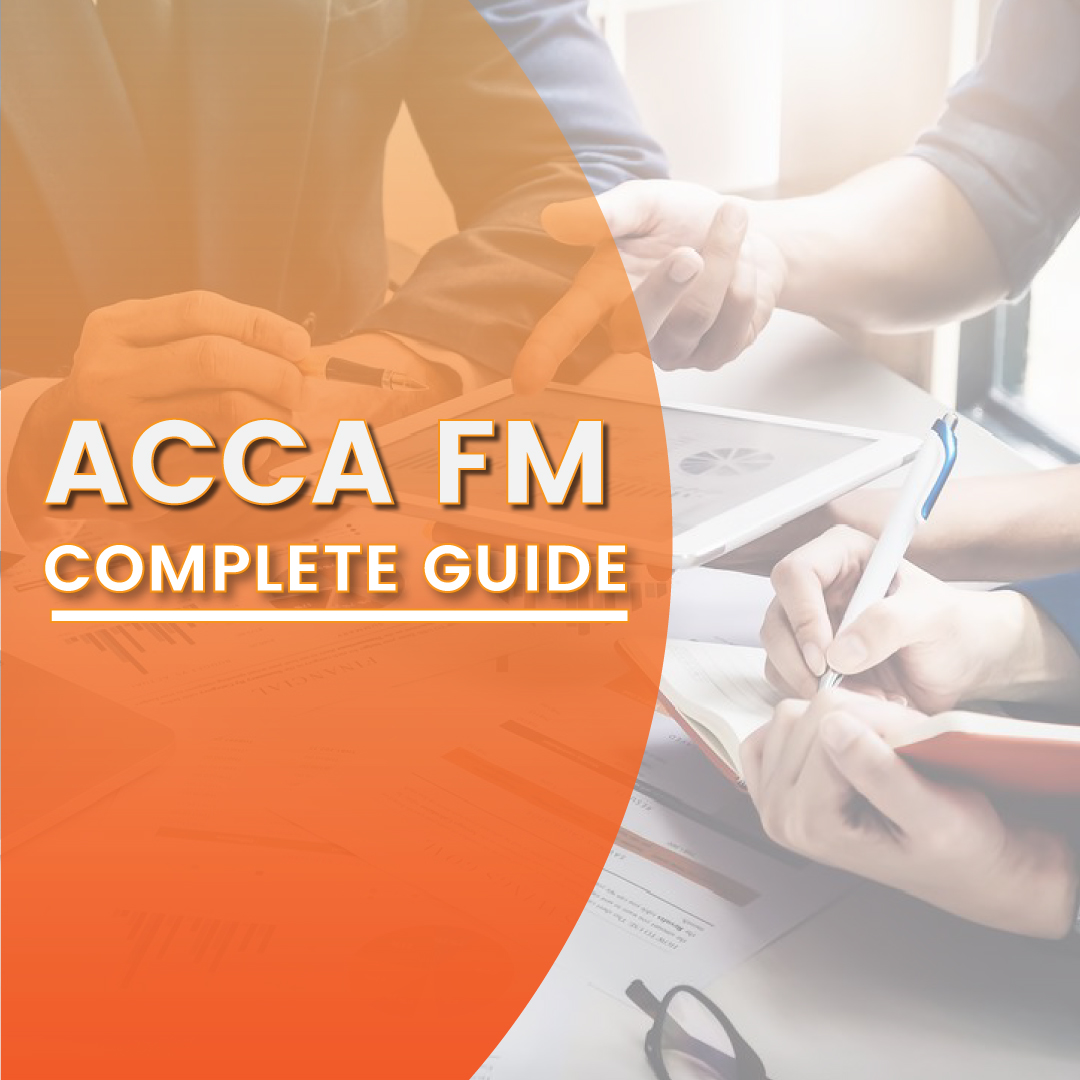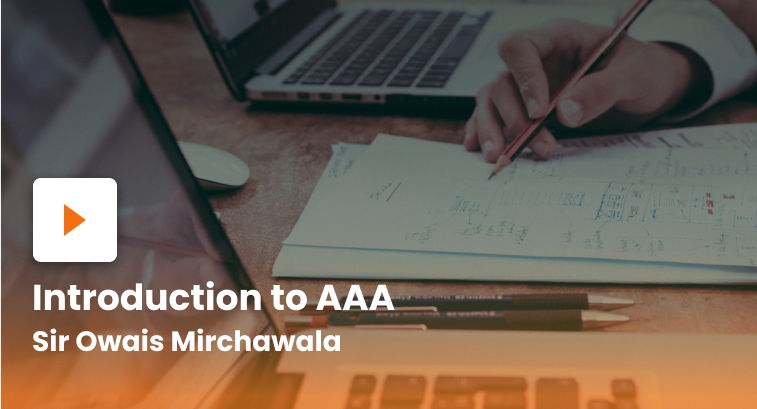“Navigating Financial Instruments: Understanding IAS 32”
What are financial instruments?
Financial instruments are contracts for monetary assets that can be purchased, traded, created, modified, or settled for. Common examples of financial instruments include stocks, exchange-traded funds (ETFs), mutual funds, real estate investment trusts (REITs), bonds, derivatives contracts (such as options, futures, and swaps), checks, certificates of deposit (CDs), bank deposits, and loans.

Let us first consider the difference between financial assets and financial liability which is a crucial part of this topic.
Financial assets
The majority of assets are classified as either tangible, financial, or intangible. Real assets are tangible assets whose worth is derived from things or properties such as precious metals, land, real estate, and commodities such as soybeans, wheat, oil, and iron Intangible assets are valued properties that are not physically present. Patents, trademarks, and intellectual property are examples. It is the revenue from contacts with customers.
Financial assets are in the middle of the other two assets. Financial help may appear intangible—non-physical—with just the stated value on paper, such as a dollar bill, or a listing on a computer screen. What that paper or listing indicates, however, is a claim to ownership of an organization, such as a public company, or contractual rights to payments, such as bond interest
If you find the above explanation complex, let us explain this concept in Sir Mustafa’s words. whenever you are ever confused about whether to identify an asset as financial or non-financial, use the following provided approach as your torch
- Whether it is a cash
- Contractual right to receive cash
- The contractual right to receive financial assets is also a financial asset
- Equity instruments of other equity
Example of Financial assets
The question here is whether the Property plant and equipment is a financial asset or not ? by using the above-provided torch, identify the answer yourself.
- Property plant and equipment is a cash? no, not at all
- By acquiring this Property plant and equipment do we have any contractual right to receive cash? no, the PPE is acquired for the purpose
- We also do not have any contractual right to receive a financial asset against this Property plant and equipment
- The last condition is there are no equity instruments of other entity
What about prepayment ?
Does prepayment mean we have a contractual right to receive cash? the answer is no because there is a contractual right to receive service. hence this is not a financial asset but will still be classified as an asset
Inventory is a financial asset?
The answer is no because we do not have any right to receive cash. IAS 2 will be applied to the inventory. it is a non-financial asset
International Financial Reporting Standard (IFRS®) 9 Financial Instruments and International Accounting Standard (IAS®) 32 Financial Instruments: Presentation are complex standards, especially for users and preparers of financial statements. It is therefore no surprise that ACCA candidates also find them complex- Read more
Financial liability
A financial liability is an obligation that a company or individual has to pay for or deliver. Examples include bank loans, leasing agreements, other payables, and interest-bearing financial liabilities.
IAS 32 Financial Instruments: Presentation specifies the accounting standards for financial instrument presentation, namely the classification of such instruments into financial assets, financial liabilities, and equity instruments. The standard also specifies how associated interest, dividends, and gains/losses should be classified, as well as when financial assets and financial liabilities can be offset.
If you find the above explanation complex, let us explain this concept in Sir Mustafa’s words. whenever you are ever confused about whether to identify liability as financial or non-financial, use the following provided approach as your torch and guiding light
- Contractual obligation to pay cash
- The contractual obligation to deliver a financial liability is also a financial liability.
Examples of Financial liability
- Advance income is considered income received before you have delivered the service. Now you may think that this is a financial liability since there is a contractual obligation. yes, there is but not for cash you are obliged to provide service.
- Warranty is not a financial liability in 99 % of cases. The company is liable to repair the asset and not provide the cash for that warranty claim but some companies provide cash on the counter. now in such an exception, this is considered to be a financial obligation otherwise it is not.
- redeemable preference shares: The company issue preference share and against them, promises the shareholders to pay a certain amount, therefore the repayment date is fixed from the first day. now the company has a contractual obligation to deliver cash. Therefore redeemable preference shares are treated as loan notes. Redeemable preference shares are considered to be a financial liability
- Ordinary shares are not a financial liability, because ordinary shares are considered to be owners of the company and there is no obligation on the entity to pay to its ordinary shareholders. There is no obligation for the dividend too, but once the dividend is declared in the annual general meeting then it becomes :the current liability of the company.
Note : Equity is the residual interest in assets after deducting all liabilities. after p aying off all the liabilities the remaining resources of the entity are for the owners/shareholders. That is why the equation is capital/equity=asset – liabilities. That’s it for now. Hopefully you have found this post intertesting and hepful. Contact us to know more about the topic or about our top ACCA course.
Frequently Asked Questions
Q1. What is the objective of IAS 32 Financial Instruments?
The objective of IAS 32 is to establish principles for presenting financial instruments as liabilities or equity and for offsetting financial assets and liabilities.
Q2. What are financial assets?
Financial assets are contracts for monetary assets that represent ownership claims or contractual rights to receive cash or other financial assets. Examples include stocks, bonds, and contractual rights to payments.
Q3. What are financial liabilities?
Financial liabilities represent obligations to pay cash or deliver other financial assets. Examples include bank loans, leasing agreements, and certain types of preference shares.
Q4. How can I distinguish between financial assets and financial liabilities?
To distinguish between financial assets and financial liabilities, use the following approach:
If it’s cash or represents a contractual right to receive cash, it’s a financial asset.
If it’s a contractual obligation to pay cash, it’s a financial liability.
Written by Warisha shehzadi -student at Mirchawala Hub Of Accountancy












[…] & Leaseback-IFRS 16 in financial reporting This is one Read more October 4, […]
[…] & Leaseback-IFRS 16 in financial reporting This is one Read more October 4, […]
Comments are closed.